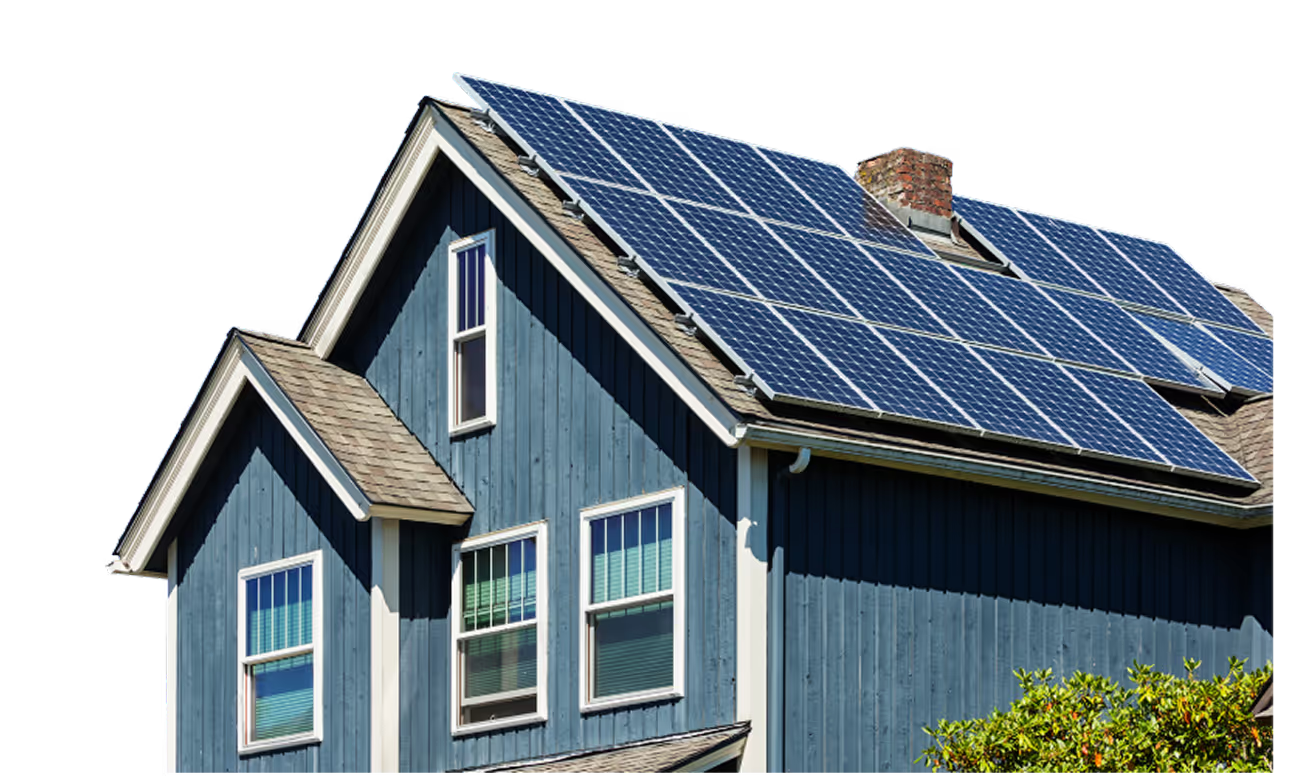
Though often mistaken for one another, carbon credits and RECs (renewable energy certificates) do share some similarities. So, what exactly are they?
As the world becomes more environmentally conscious, the adoption of renewable energy has increased, especially solar energy in Singapore. This rise in solar energy use has also boosted awareness of RECs and carbon credits.
In this article, we’ll explore what RECs and carbon credits are, their benefits, and the key differences between them.
What Are Carbon Credits?
Carbon credits are like permission slips that let companies release a certain amount of CO2 (carbon dioxide) into the air. They help in reducing the overall greenhouse gas emissions by setting a limit on how much CO2 can be emitted by a company.
For example, if a factory emits less CO2 than its allowance, it can sell its extra credits to another factory that needs to emit more.
How Are Carbon Credits Produced?
Carbon credits are produced through activities that reduce or eliminate CO2 emissions. Activities such as reforestation and wetlands restoration projects dedicated to protecting and rehabilitating nature.
When a company or project successfully reduces emissions, they earn carbon credits, which can be sold or traded to other companies needing to offset their own emissions.
Selling Carbon Credits
Companies can buy and sell their carbon credits on carbon marketplaces to meet their emission requirements.
What Are Renewable Energy Certificates (RECs)?
RECs are proof that energy was generated from renewable sources, mainly solar panels in Singapore. They promote the production of clean energy by rewarding solar owners with these certificates.
How Are Renewable Energy Certificates (RECs) Produced?
Apart from solar, RECs can also be earned by generating clean energy from sources such as wind and hydro. These certificates can be sold to companies looking to offset their non-renewable energy use.
💡
Every 1 MWh of renewable energy produced by your solar panels earns you one REC.
Selling Renewable Energy Certificates (RECs)
Here’s a brief step-by-step on how RECs are traditionally sold in Singapore, but if you’re interested, we’ve written a full in-depth guide on how to sell RECs in Singapore!
Step 1: Create A Registrant Account With The Registry
Set up a registrant account with your chosen registry to gain access to REC trading.
Step 2: Register Your Renewable Energy Asset
Register your renewable energy asset by providing necessary documentation and verification details.
Step 3: Register For RECs In Singapore Based On Electricity Production
Submit your solar system’s electricity production data periodically to apply for RECs.
Step 4: Issuance Of REC
Once verified, RECs are issued based on your electricity production data and logged into the registry.
Step 5: Trading REC In Singapore
Open a trading account and start selling your RECs on the market!
Step 6: Redemption And Retirement Of REC
Transfer and retire RECs to a redemption account for buyers to claim their use of renewable energy.
If you’ve ever tried it yourself, you know that selling RECs can be quite a tedious and overwhelming process, especially for first-timers. However, at GetSolar, we handle the paperwork for you, removing the headaches associated with selling your RECs, while retaining the same selling price!
So what are you waiting for? Drop us a text, and we’ll get in touch with you faster than you can say “free money!”
What’s The Difference Between Carbon Credits And RECs (Renewable Energy Certificates)
If we had to sum it up in one line, it would be that while carbon credits aim to reduce pollution directly, RECs promote the use of clean energy.
However, to fully understand the difference between carbon credits and RECs, we’ve created an easy-to-understand table that will help clarify any confusions.


Rent-to-Own Solar for Business with Guaranteed Performance
Immediate ROI




Rent-to-Own Solar. $0 Upfront cost. Guaranteed Savings
(10-Year RTO plan)
+ 10-Year Free Maintenance










